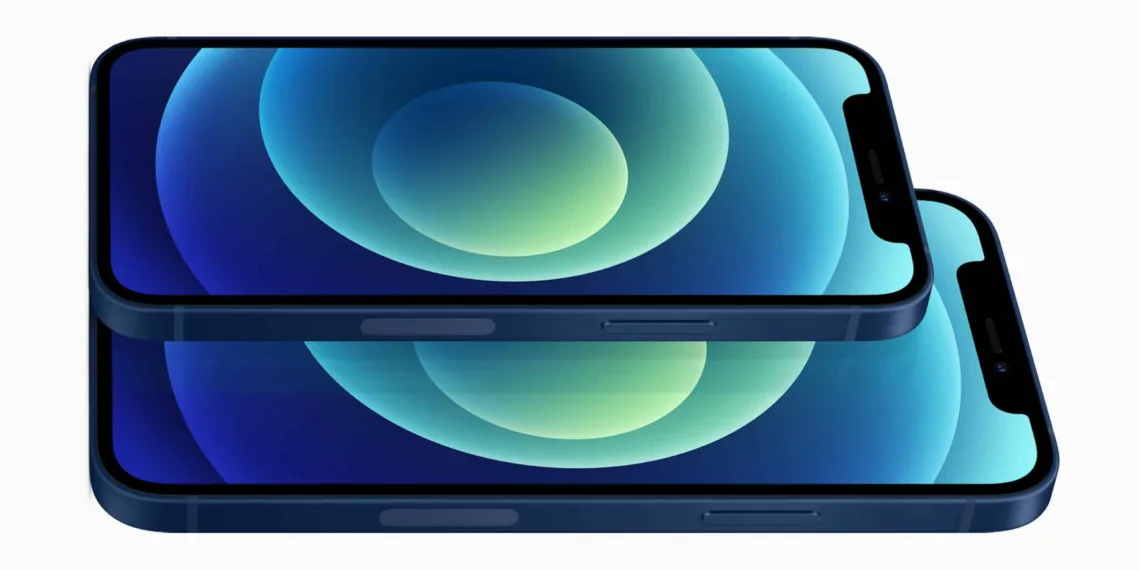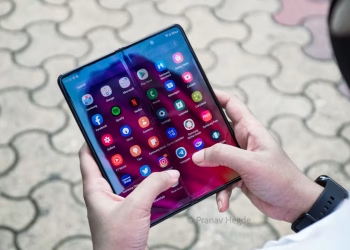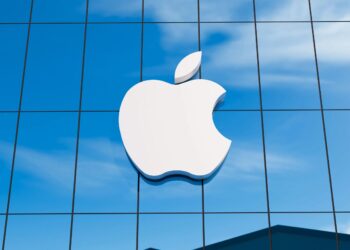As per a new supply chain report, Apple is working with foreign telecom companies and has apparently placed a large order for millimeter-wave 5G antennas for iPhone 13, to speed up the standards proliferation. This might be an indication that the company is planning to expand the availability of mmWave 5G support to more countries later this year, as in 2020, the mmWave 5G support was only available in the U.S. for the iPhone 12 series.
Taiwanese company Qiqi will reportedly provide Apple with mmWave Antennas for the iPhone 13
A report by Patently Apple informs that the large mmWave Antennas order has been received by Taiwanese Netcom company Qiqi. The Wistron group has invested in Qiqi, which is now expected to be added to Apple’s supply chain for mmWave antennas for the very first time, sharing with Japanese electronics giant Murata Manufacturing Co. this year.
Qiqi’s chairman Xie Hongbo, who was once the CEO of Wistron’s NeWeb Corporation, announced a few days ago that 5G-related shipments would increase significantly in 2021. This would bring out a drastic increase in revenues for Qiqi, as it will allow more iPhone 13 models sold across the world to adopt the truest standard of 5G.
Sub-6GHz 5G vs mmWave 5G
In case you didn’t know, the sub-6GHz 5G is faster than LTE but significantly slower than mmWave 5G though the upside is maintaining connectivity over a longer range, and a majority of regions have adopted it. The infrastructure costs accompanied by this deployment, where there needs to be a mmWave 5G node every few meters to ensure optimum performance, is likely why mmWave 5G adoption isn’t picking up the place globally.
The inferior range of mmWave is so unreliable that where you see download speeds above 1,000Mbps, that bandwidth can take a sudden nosedive if you move a foot sideways or backward, in comparison, sub-6GHz is much more reliable. Additionally, designing a mmWave antenna is complicated.
However, Qiqi has the resources and talent to design mmWave antennas for Apple on a larger scale. The iPhone 13 lineup and future iPhone models support for the mmWave 5G band in regions other than the U.S. will continue to grow, as shipments would gain some momentum for this particular component.








